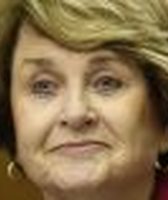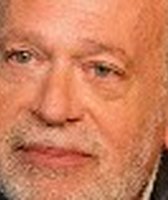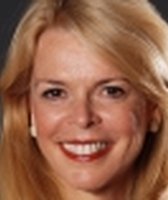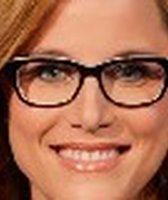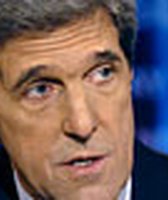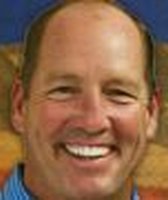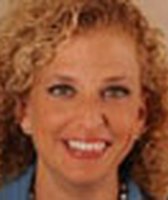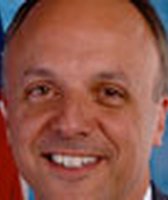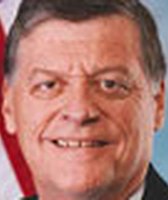Stand up for the facts!
Our only agenda is to publish the truth so you can be an informed participant in democracy.
We need your help.
I would like to contribute
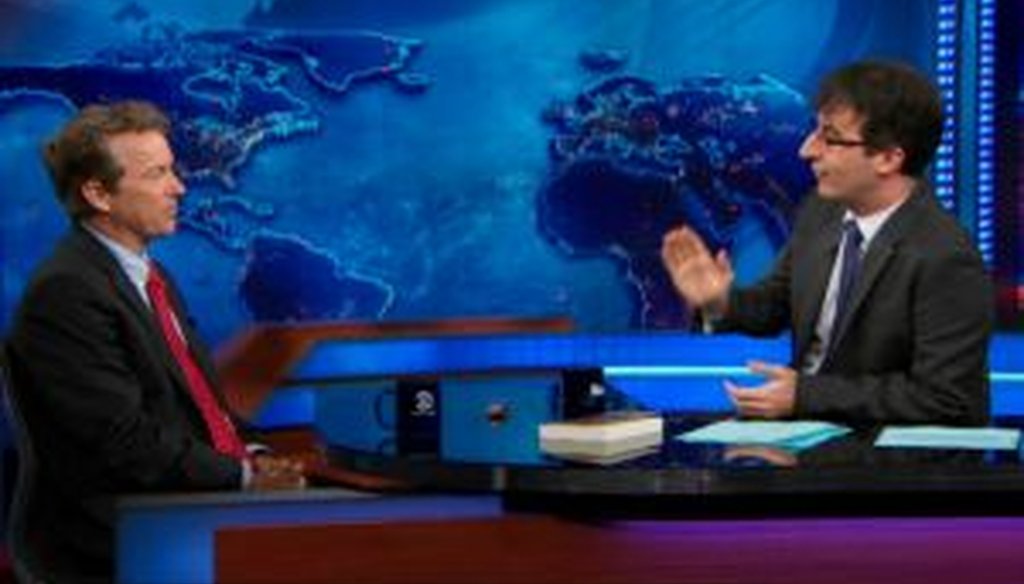
Sen. Rand Paul, R-Ky., discussed health insurance policy with John Oliver on "The Daily Show."
Sen. Rand Paul of Kentucky regularly warns fellow Republicans that they need to woo voters outside their base, including young people. Paul led by example Monday with an appearance on Comedy Central’s The Daily Show to talk about his opposition to the federal health care law.
In between jokes about his presidential aspirations and the short tenure of guest host John Oliver, Paul argued that health care needs to be more affordable, especially for young people.
He noted that for the 15 percent of the country that is uninsured, cost is the major obstacle to getting coverage. "Of the 15 percent who didn't have insurance, half of them made more than $50,000 a year," Paul said. "Why didn't they buy insurance? Because of the expense. They were young, healthy people."
Paul gave an example of a young person who might struggle under Obamacare.
"You tell them you must buy insurance," he said. "But they say, well, I make $30,000 a year, but insurance now costs $15,000. How's the mandate going to work? They say they're one of five employees for a small business and there's no insurance. How do they buy insurance if they make $30,000 and the insurance costs $15,000?"
Some of his comments are misleading or inaccurate.
Paul’s example of the uninsured worker with a $30,000 income who has to pay $15,000 for insurance is especially off the mark.
Under Obamacare, Paul’s young worker simply wouldn’t pay that much because the law caps contributions.
Since the employer didn’t offer insurance, she would be eligible for subsidies on a new marketplace, and could pay less than $3,000 a year — and possibly quite a bit less.
Here’s how some estimated premiums would break down for a young worker with household income of $30,000. (We’re assuming she’s paying on her own, not covered by her parents‘ policy, which would be an option until she’s 26.)
• If she chose a plan with mid-level benefits, the federal subsidy would leave her paying 8.37 percent of her income, or $2,512 a year.
• If she opted for the minimum coverage required to get subsidies on the marketplace, she could pay just 6.65 percent of her household income, or $1,995 a year.
• If she happened to have children, or deductions that dropped her adjusted gross income, her costs would drop even lower under the formula in the law.
Any of those scenarios produce a much lower out-of-pocket cost for insurance premiums than Paul suggested.
What about Paul’s argument that young people don’t need the same kind of comprehensive coverage that older people do? He suggested a need for only "catastrophic" coverage.
"They don't need low deductibles. They need very high deductibles," he said. "They need insurance for catastrophes, because young people are unlikely to get ill. They need it for the rare occasion, not the everyday occasion."
The law has an answer for that.
• If she’s under 30, Paul’s hypothetical worker would be eligible to purchase catastrophic coverage. She wouldn’t get federal subsidies, but since the policy would cover less, she might pay even lower premiums — and less overall, if she stayed healthy and accident-free. It would still cover preventive care and a few doctor visits a year.
During the Daily Show interview, Paul also said that half of uninsured Americans made more than $50,000, that many of the uninsured are young, and that the main reason they don’t buy insurance is cost. Here’s what the evidence showed on those points:
• Do half the uninsured make at least $50,000? Census data shows that 28 percent of uninsured Americans earn at least $50,000 and that almost 38 percent of uninsured Americans live in households with income of at least $50,000. That 38-percent figure might give an overly generous idea of income, though. Roommates could live in a household where they collectively make more than $50,000, even though each person individually earns much less. In any event, both of these figures are pretty far from the 50 percent Paul cited in the interview. We rated this claim False.
• Are many uninsured Americans young? Paul is right that significant numbers of young people lack insurance, and that young people are statistically more likely to be uninsured than either children or middle-aged Americans are. However, within the universe of uninsured Americans, young people are not close to a majority — collectively, children and the middle-aged account for a greater share of the uninsured. We rated this claim Mostly True.
• Is cost the biggest barrier to uninsured Americans obtaining insurance? Survey data supports Paul on this point. A plurality of respondents in major surveys of the uninsured specifically cited cost as a barrier, and relatively few indicated that they could afford coverage but chose not to purchase it. We rated this claim True.
Our Sources
Rand Paul, interview on Comedy Central’s The Daily Show, Aug. 12, 2013
Congressional Research Service, "Premium Credits in the Patient Protection and Affordable Care Act," July 31, 2013
Kaiser Family Foundation, Subsidy Calculator, accessed Aug. 14, 2013
HealthCare.gov, "Young Adults," accessed Aug. 14, 2013
HealthCare.gov, "Can I buy a 'catastrophic' plan?" accessed Aug. 14, 2013
Kaiser Family Foundation, "The Uninsured: A Primer," October 2012
Employee Benefit Research Institute, "Sources of Health Insurance and Characteristics of the Uninsured: Analysis of the March 2012 Current Population Survey," September 2012
Thomas P. Miller, "What DO We Know About the Uninsured?" July/August 2008
U.S. Census Bureau, press release for "Income, Poverty and Health Insurance Coverage in the United States: 2011," Sept. 12, 2012
U.S. Census Bureau, "Annual Social and Economic (ASEC) Supplement, Table HI01. Health Insurance Coverage Status and Type of Coverage by Selected Characteristics: 2011," accessed Aug. 13, 2013
PolitiFact, "Newt Gingrich says a "large number" of the uninsured make more than $75,000," June 15, 2011
Email interview with Gail Wilensky, former head of Medicare and Medicaid under President George H.W. Bush, Aug. 13, 2013
Interview with Timothy Jost, professor at the Washington and Lee University School of Law, April 30, 2013
Email interview with Jonathan Oberlander, health policy professor at the University of North Carolina School of Medicine, Aug. 13, 2013
Email interview with Jonathan Gruber, economist at the Massachusetts Institute of Technology, Aug. 13, 2013
Email interview with Thomas P. Miller, resident fellow at the American Enterprise Institute, Aug. 13, 2013
Email interview with Henry Aaron, senior fellow at the Brookings Institution, Aug. 13, 2013
Email interview with Edwin Park, vice president for health policy at the Center on Budget and Policy Priorities, Aug. 13, 2013
Email interview with Hanns Kuttner, senior fellow at the Hudson Institute, Aug. 13, 2013







